Our 4th of July plans got cancelled, so I stayed home and sewed! It was a great way to spend the day.
I finally finished this jeans jacket:
(Please pardon the weird look on my face, it’s over 95° and humid, and I couldn’t wait to take that jacket off! Only for you, dear readers, only for you.) 🙂
I’m thrilled to pieces with how it came out, but in spite of the pattern, not because of it. I don’t know what was going on at the Butterick company the day they designed this pattern, but WOW, what a mess.
First of all, I’m so thankful to those pattern reviewers who pointed out many of the problems with this pattern so I could make corrections before cutting into my precious fabric.
(There’s a reason why we’re always told to make a muslin, although I have to admit that I usually don’t, shame on me.)
If they had simply designed a pattern that looks like the sketch on the pattern envelope, all would be well. The main problems I see are all a matter of proportion. If you look closely at the below photo, you can kind of see what I mean even though the busy fabric obscures many of the details.
- The sleeves start out kind of wide at the armhole, (not TOO bad) but then they get ridiculously narrow at the cuff. (They almost look leg-of-muttonish, ick.)
- Most reviewers have mentioned the majorly dropped shoulder. The sketch on the pattern envelope shows a natural shoulder line. However, when I compared the pattern to a jacket that fits well and has a natural shoulder seam, this pattern drops 1 5/8″. Another reviewer said she had to shorten the shoulder seam a whole 2″. Yikes.
- The pocket proportions are just silly. The pocket finishes to 4.5″ wide and 7″ deep, which not only looks too long, but is impractically deep. You can’t get your fingers into the bottom! The pocket on a ready-to-wear jacket that fits well finishes to 4.5.”x4.5″, which looks nice and is quite usable.
- The pocket flap is 1″ wider than the pocket itself, which just looks dumb. Granted, it is acknowledged in the pattern, “Flap will extend beyond each side of the pocket to ensure that the pocket edges are covered when the flap is down.” However, on my rtw, the flap is only 1/4″ wider than the pocket, so it extends just 1/8″ on each side.
- Finally, another reviewer stated that the pocket placement is too high. After comparing measurements with my rtw jacket, I had to agree, and moved the pocket down 2″.
In the below photo you can see the pocket sewn on as it was originally drafted. Terrible.
Since it was black on black (and the eyes are getting old!) I had to wait until the next morning sunlight to rip this out and redraft the pocket. On my rtw jacket the pocket bottom is pointed to match the flap and I decided to copy this. You can print out the redrafted, shorter, wider and pointy pocket here.
Here’s the new and improved pocket. Much better, in my opinion.
Your best friend in figuring what changes to make to this pattern will be a similar style jacket that fits you well. If you’re not accustomed to making pattern alterations, buy some inexpensive fabric and give it a shot. You may or may not come out with a garment you like, but you’ll be sure to learn a lot.
The first changes to make are in the shoulder seam. This means you’ll need to alter pattern pieces #1 (side front), #2 (front), #5 (yoke) and #9 (front facing.)
Make sure to mark the seam allowances for your size and then compare the shoulder seam measurements to that of your jacket that fits well. Note how much you need to reduce the shoulder seams. I used the slash and spread method.
- First, draw a line the original length of the shoulder seam on a scrap of pattern tissue.
- Next, mark in the distance you want to reduce this seam. This is the new shoulder seam length.
- Using a straight-edge, draw a line roughly perpendicular to the shoulder seam, from the seam edge all the way down to the seam allowance at the bottom of the pattern piece. (We’ll leave just the bottom 5/8″ seam allowance as a hinge.) Cut the pattern along this line.
- Now, meet one edge of your shoulder seam to one end of the new shoulder seam you marked on the scrap of tissue.
- Pivot the other shoulder seam edge to meet the other end of you new shoulder seam. The edges may be a little off, but just draw a straight line from corner to corner to true it up.
- Making sure your pattern piece has no ripples, use tape to hold the slash in place. (I like to use repositionable scrapbooking adhesive.)
I did three slashes in this yoke piece only to keep the bottom edge from having a sharp curve.
Since the front shoulder seam is in two pieces, I reduced one by 7/8″ and the other by 3/4″ to make my total of 1 5/8″.
After sewing my jacket with these changes, I noted that I could have taken up the shoulder seam yet another inch. As it is, it’s only slightly dropped and it’s fine.
Keep in mind that reducing the shoulder seam effectively reduces your sleeve length. Take some careful measurements to determine if you need to lengthen the sleeve pattern. I usually have to add 2.5″-3″ to sleeves, but found I only needed to add 2″ to this one to make is just perfect. (Don’t forget to take into account the length of the cuff when measuring.)
I used flat felled seams and double topstitching wherever possible. True flat felled seams leave a finished interior for a very professional look.
I also altered the sleeve pattern to make it more straight and less tapered from shoulder to cuff.
- First, compare the sleeve pattern with a ready to wear jacket to determine how wide you’d like your finished sleeve to be. In my case I added 3/4″ to each side to make it 1.5″ wider where it joins the cuff.
- Use scraps of pattern tissue to add the extra width to the cuff edge.
- Taper this line to about the midpoint of the sleeve.
- Don’t forget to add the same amount to each side of your cuff. You’ll also need to move the button and buttonhole markings out that distance.
- I was appalled to see that there was 3/4″ of ease in the sleeve head, and took that out with my “pin and squish” method. That is, on the pattern piece I pinned a 3/8″ pleat at the center of the sleeve head seam. Then I squished down the pattern, making it flat. This removed the 3/8″ from each side seam. Even though the sleeve had already been cut out, I could just trim off the excess.
- Although it may look like it, it isn’t necessary to trim the sleeve head at all. This method may mess up matching your notches, but just ignore them, pin together the centers and edges and you’ll be fine.
Does it seem like a lot of extra work? It was! However, this is a jacket that’s going to be a wardrobe staple for years to come, I hope, so it was worth it to take the additional care and time to create something I can truly be proud of.
Happy sewing!
******Update 7/5/2011*****
Only after taking another look at the photo did I realize that I’m missing a button. Sheesh! I think I’m also going to redo the bottom band. Will post more pics when those redos are done.
******Update 7/29/******
You’ll find an updated jacket photo and additional review tips here.
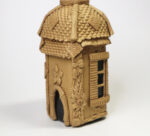


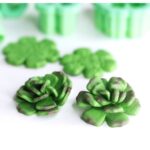









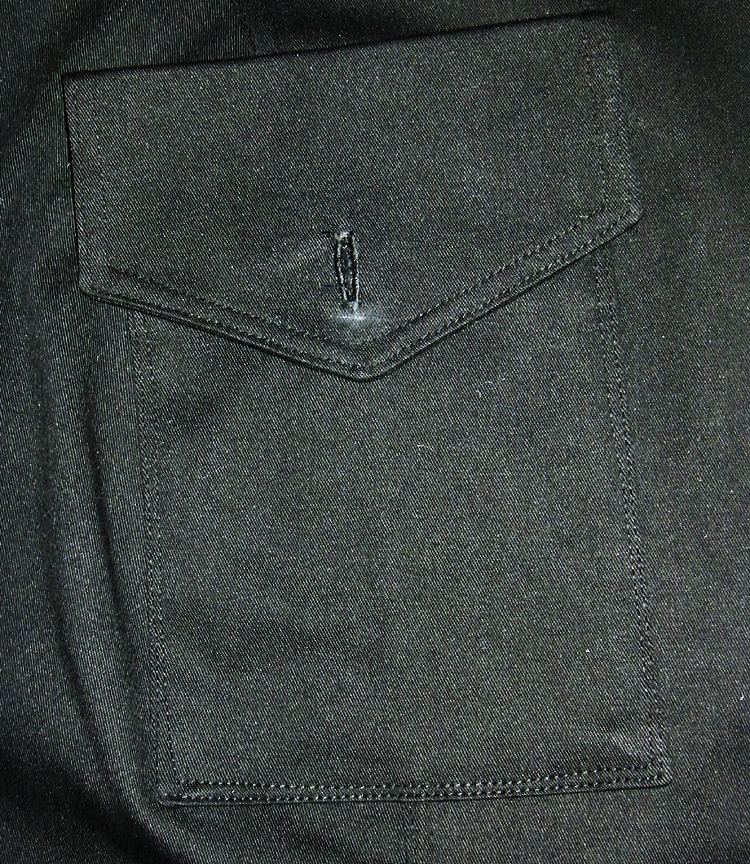
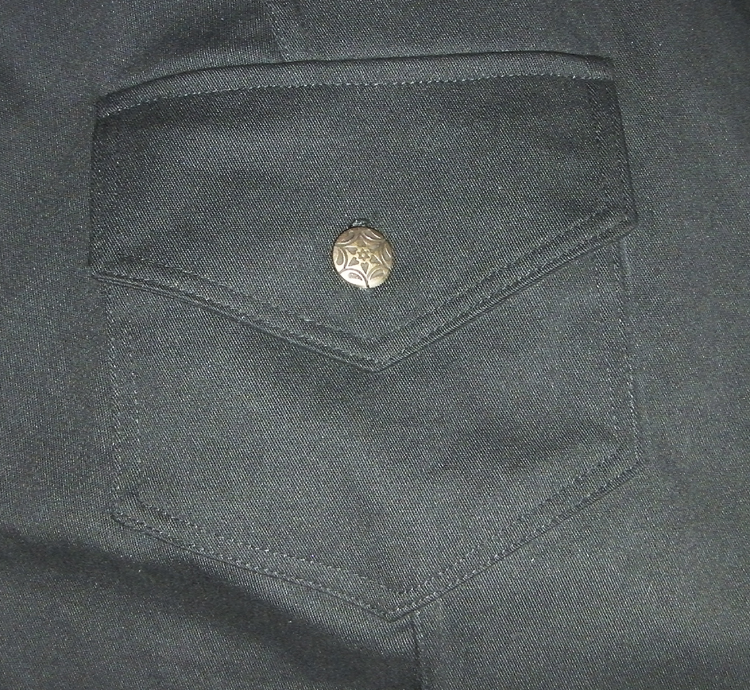
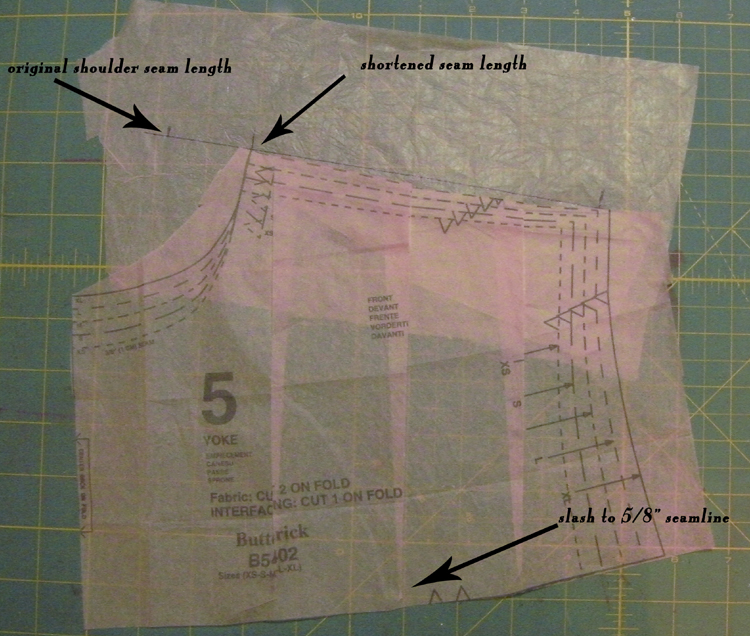
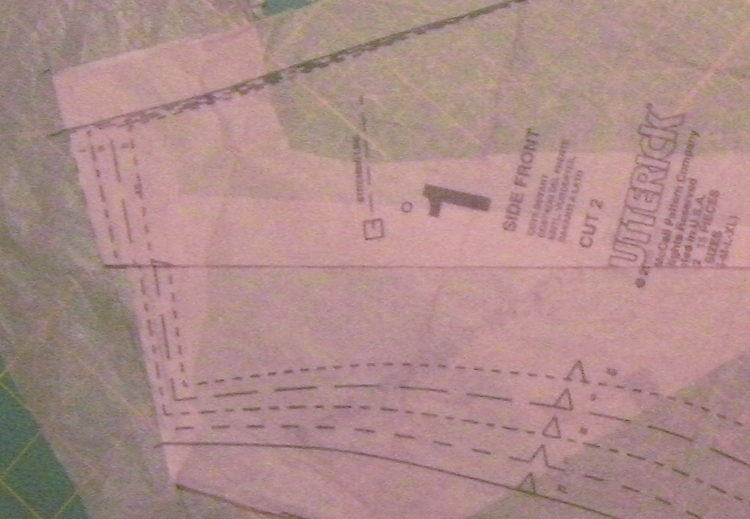

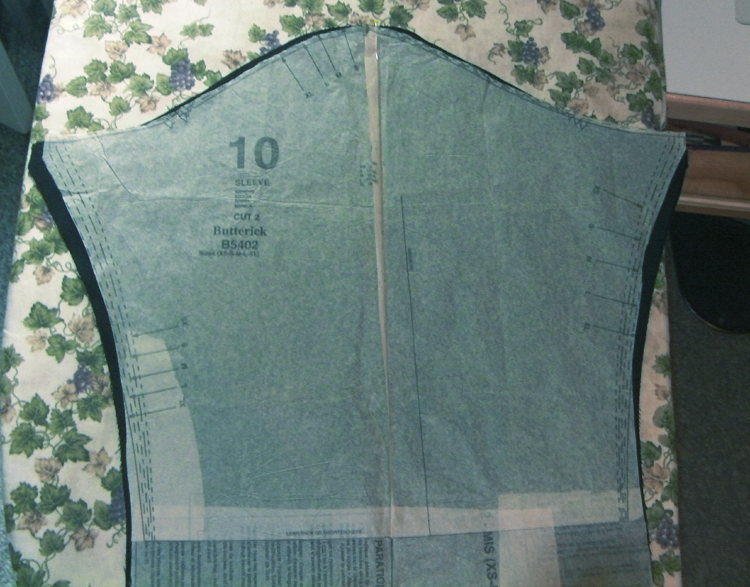

Wow, you did a fabulous job on that! Only, you didn’t turn the collar up like the girl in the drawing. The one with a mouth but no eyes or nose. So do that in your retake. Or at least smirk and hold sunglasses.
Or I could just crop out my head entirely. I seriously thought about it.